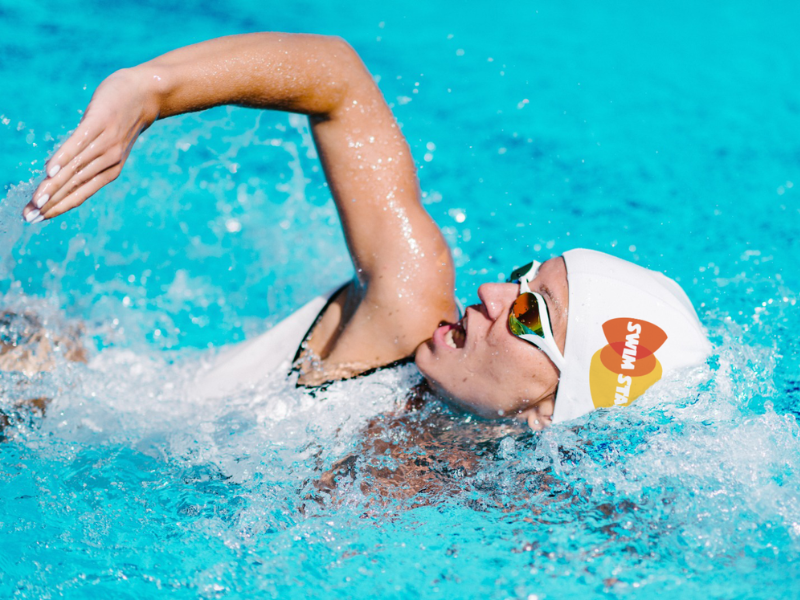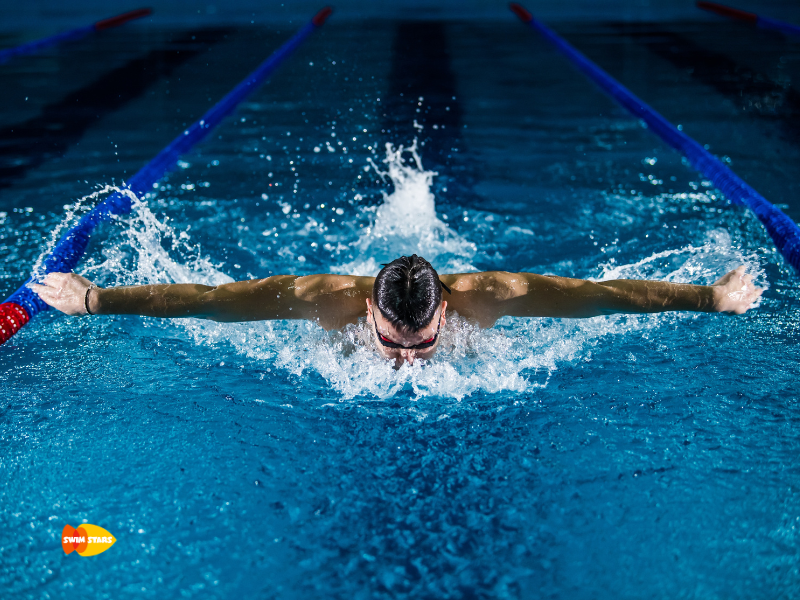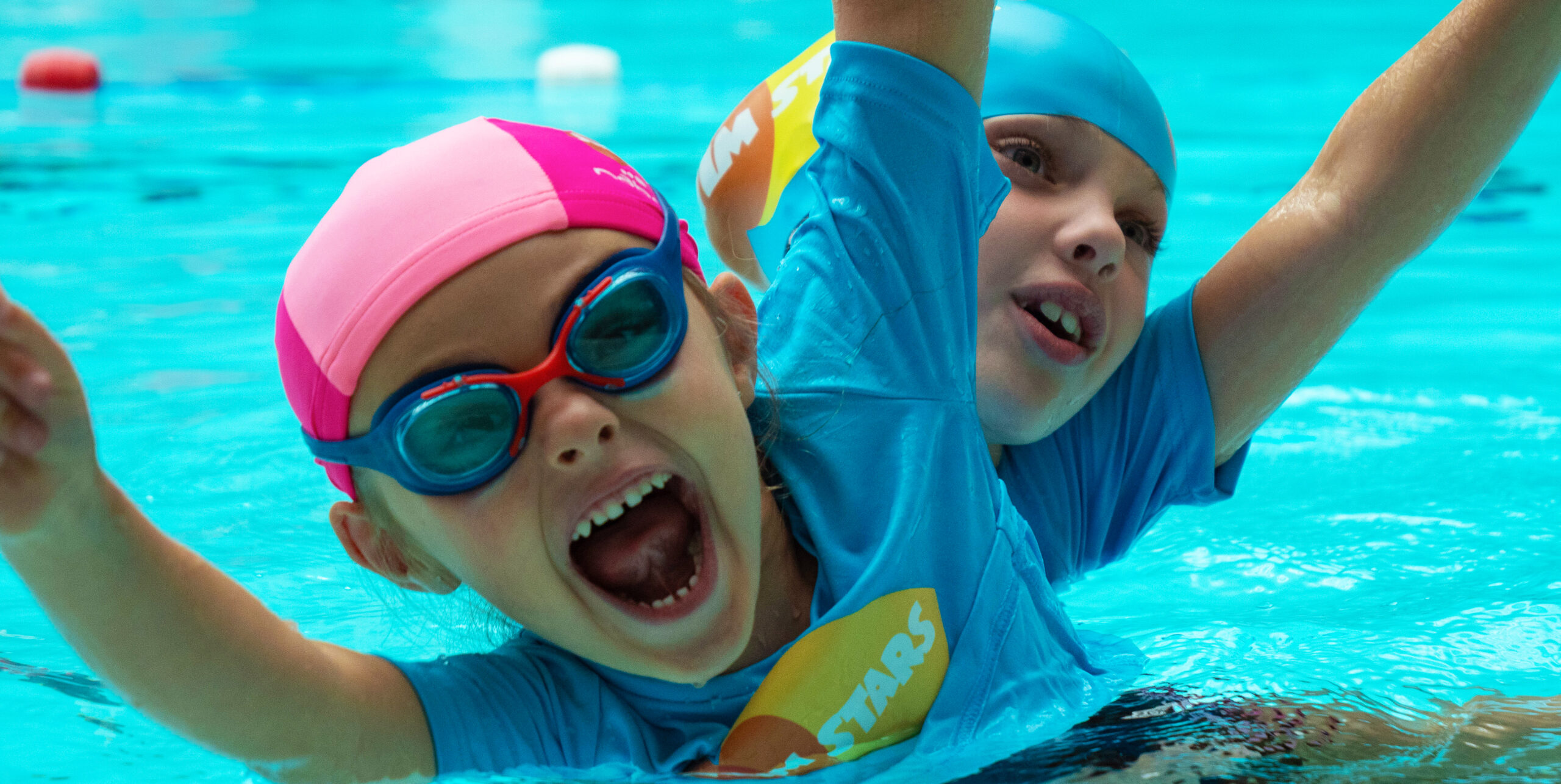The butterfly is a stroke that often fascinates and impresses people. However, it can be difficult to control. To swim the butterfly effectively, it is essential to avoid some common mistakes. In this blog, we will review
six mistakes that beginners and experienced
and experienced swimmers
must avoid in order to swim efficiently and effectively.
1. Ineffective kicking
The kick is an essential part of the butterfly stroke, as it generates the majority of the propulsion. It is crucial to offer a powerful and effective kick. To achieve this, avoid foot-dragging and low foot-tread. It’s important to focus on hip lift and an explosive kick to propel your body through the water.
2. Raising your head too much
It is common to lift the head quickly to get air during the butterfly stroke. However, this can lead to an awkward, unbalanced movement. To avoid this, it is important to look at the bottom of the pool while keeping your head down. When you’re ready for air, lift your head slightly while keeping your shoulders underwater.
3. The movement of the arms
Arm length is an important factor in generating the propulsive force needed for the butterfly stroke. Too many swimmers tend not to extend their arms, which reduces the power and speed of the swim. Keeping the arms as long as possible increases the reach, power and speed of the pull.
While arm length is important, it is equally important not to overextend your arms. Extending your arms too far means you will need to use more force to create a pull. This will eventually reduce the power and speed of the swim. Try to, focus on maintaining a stable elbow angle without overextending or bending your arms.
4. Make sure you breathe properly
It is essential to keep a good breath when swimming the butterfly. To maximize your efficiency and endurance, take a breath every other movement. This technique will allow you to maintain your pace and not tire prematurely. In addition, proper breathing will help you maintain an efficient swimming technique and avoid injury. Remember to focus on your breathing as you swim to ensure that you maintain good balance and get the most out of your butterfly workout.
5. Being tense

Finally, it is important to remember that the key to a good butterfly is to stay relaxed. If you are tense, you will have a bad swimming technique. Try to relax by focusing on your breathing and avoiding sudden movements. This will help maintain a good rhythm and shape.
6. Make sure to keep your body close to the surface
The butterfly is one of the most demanding and elegant strokes in swimming, so it requires precise technique to be performed correctly. When swimming the butterfly, it is important to keep your body close to the surface of the water and avoid sinking too deep. You can maximize the thrust of your movements, allowing you to swim faster and more efficiently. In addition, by focusing on the surface of the water and using your body to propel yourself, you can minimize friction and water resistance, which reduces fatigue and allows you to swim longer.
You can improve your butterfly technique and performance. It is important to focus on your form, including paying attention to body rotation and coordinating your breathing with your swimming. Patient practice with dedicated exercises will lead to a more effective performance overall. If you want to improve your butterfly skills, look for adult swim lessons near you! Swim Stars offers personalized instruction, so our instructors can help you continually develop and refine your stroke. With the
lessons from Swim Stars
you will be able to swim the butterfly like an expert in no time!
Recent Posts
- How long does it take to learn to swim?
- Swimming lessons in Val d’Europe, a human and friendly experience at Swim Stars
- Swimming lessons in Val d’Europe, Swim Stars offers the cheapest lessons without compromising on quality
- Swimming lessons at Val d’Europe: why warm water changes everything when learning to swim
- Aquagym and pregnancy: the benefits of a gentle activity for expectant mothers





